This morning we fly
back to Lalibela (28mins) and arrive at 11.20am. Lalibela is a very
unestablished town as it consists of small shacks and tin sheds despite the
large amount of tourist trade which is attracted because of the rock churches.
Lalibela is also
regarded as one of the holiest places in the world, also known as Ethiopia’s Jerusalem.
At 2.30pm we are
on the go again to visit the first group of the magnificent rock-hewn churches
of Lalibela which are carved out of living volcanic tuff in the 12th
century. It is said that these churches
have been carved with a super architectural skill that the world has never
seen. UNESCO has registered these churches as world heritage. These churches are
also close to the city and have been carved from rock from the top down and the
inside carved from the floor to the roof. We see the small museum before the rock
churches, again there are crowns, royal clothing, parchment books and religious
ceremonial items which go back up to 850 years.
Inside all of
these churches are rugs and carpets as the floor is becoming very smooth with
all of the use over the years.
Believe it or not these rock churches have been
used since the 12th century and are still used today for
services. Among the churches of this
group are Bete Medahine Alem (house of the redeemer) is the largest with 5
aisles, 72 pillars, vaulted dome and decorations. Bete Mariam (house of
St. Mary) is the most decorated among the rock hewn churches. They say the King Lalibela carved the eleven monolithic churches in the
day and the angels worked at night to have all of the churches completed in 23
years. They are just amazing and mind
blowing because of the magnitude of them and the amount of hard work which
would have been undertaken to complete them.
Not a big day today sightseeing as these churches are close to the
hotel, we returned at 5pm.
Our hotel is
wonderful as it has a magnificent panoramic view of ranges and valleys and a
spectacular sunset.

 Lalibela, Amhara, Ethiopia
Lalibela, Amhara, Ethiopia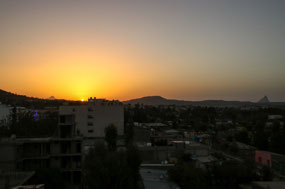
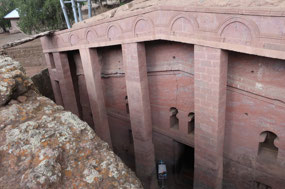


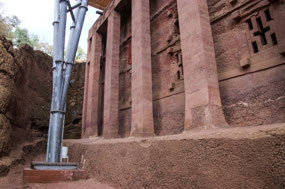
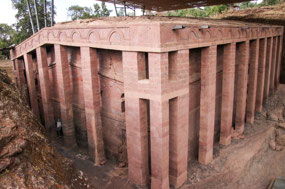
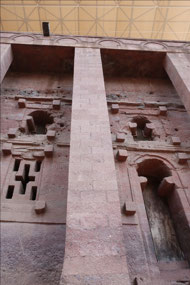
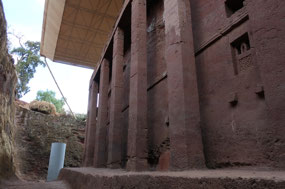
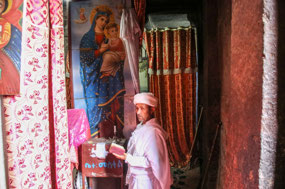
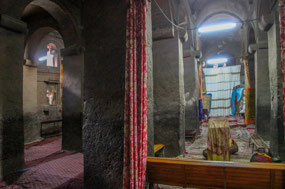
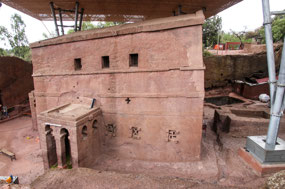
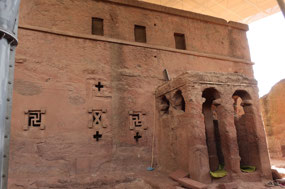
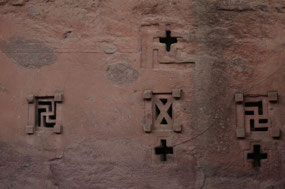
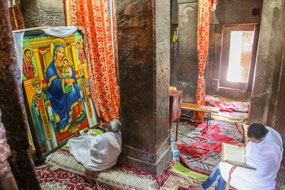
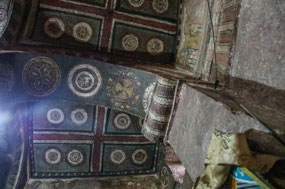

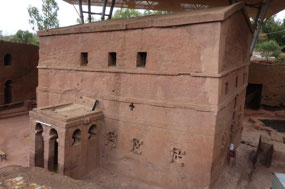
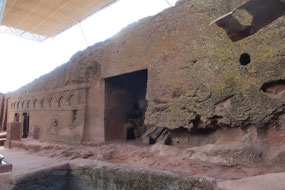
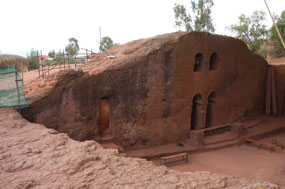
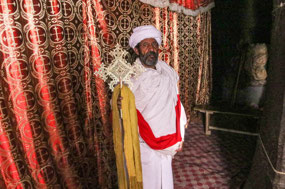
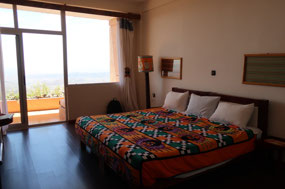
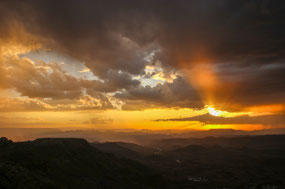
2025-05-22